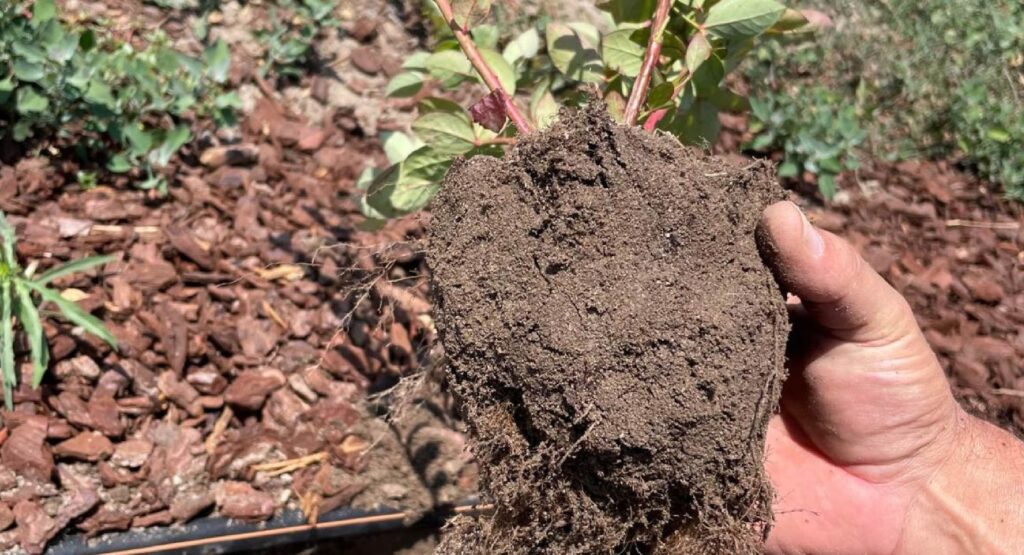El Día de la Tierra nos recuerda la necesidad de gestionar de forma responsable los recursos limitados de nuestro planeta. En este contexto, agricultores y empresas afrontan un desafío cada vez mayor: producir más frutas y hortalizas con menos recursos —menos tierra, menos agua, menos insumos, menos pesticidas, menos mano de obra y menos capital— mientras la población sigue creciendo sin freno.
Cada 12–13 años, el planeta suma 1.000 millones de personas adicionales, lo que incrementa de forma significativa la demanda de productos frescos. Este crecimiento es especialmente visible en Asia, donde la disponibilidad de tierra es mínima debido a la expansión urbana y las limitaciones geográficas.
Ciudades más grandes, centros de producción más lejanos
Actualmente, más del 50% de la población mundial vive en ciudades, y para 2030 esa cifra alcanzará el 60%, con urbes de entre 100.000 y 500.000 habitantes.
La consecuencia es clara: los centros de producción están cada vez más alejados de los centros de consumo, elevando la importancia de la logística, el envasado y la conservación poscosecha.
Abastecer a esta población creciente con recursos cada vez más limitados exige una agenda de investigación hortícola clara y estratégica para los próximos años.
1. Suelo, agua y agricultura sostenible
La tierra agrícola de calidad es un recurso escaso. Problemas como:
-
estructura del suelo deficiente,
-
mal drenaje,
-
salinidad,
-
enfermedades del suelo,
limitan enormemente la superficie realmente apta para cultivo.
El agua tampoco es abundante, especialmente en zonas tropicales y subtropicales. En áreas costeras, la intrusión salina empeora la disponibilidad de agua de calidad.
Prioridades de investigación:
-
Desarrollo de sustratos y cultivos sin suelo para regiones con buen clima pero suelo inapropiado.
-
Tecnologías de desalinización más eficientes y sostenibles, clave para zonas áridas.
-
Programas de conservación y fertilidad del suelo para evitar degradación, compactación y erosión.
Estos aspectos están presentes en múltiples diagnósticos que realizamos desde nuestros servicios.
2. Control biológico y nuevas amenazas de plagas y enfermedades
La reducción del uso de pesticidas es una realidad global, impulsada por regulaciones y por la demanda del consumidor.
Sin embargo, el control biológico todavía requiere avances decisivos en dos aspectos críticos:
-
Eficacia demostrada y replicable,
-
Consistencia de resultados.
Además, algunas enfermedades no pueden controlarse ni siquiera con químicos:
-
Fusarium oxysporum f.sp. cubense raza 4 en banana.
-
Mycosphaerella fijiensis (resistente a fungicidas convencionales).
Esto representa tanto un reto científico como una oportunidad empresarial.
3. Poscosecha y reducción de pérdidas
La urbanización mundial hace que la poscosecha sea un área crítica de investigación: entre 30–40% de las frutas y hortalizas se pierden después de la cosecha.
Las líneas prioritarias incluyen:
-
control biológico poscosecha,
-
envases de atmósfera modificada más efectivos,
-
absorbedores de etileno,
-
sistemas avanzados de maduración,
-
tecnologías de frío más eficientes.
Este tipo de innovaciones impactan directamente en los resultados de muchas empresas, como se puede ver en nuestros casos de éxito.
4. Nuevas variedades: calidad, vida útil y resistencia
La mejora genética es hoy uno de los campos más rentables de la industria hortícola. Los programas públicos han perdido financiación, por lo que la mayor parte de la innovación genética proviene de empresas privadas.
Las prioridades de mejora incluyen:
-
mayor tolerancia a enfermedades,
-
mejor calidad de fruta,
-
mayor vida útil,
-
menores requerimientos de frío.
Estas líneas son esenciales para alimentar a una población creciente con menos recursos.
Conclusión: ciencia, tecnología y oportunidades de negocio
Los retos son enormes: recursos limitados, demanda creciente, urbanización acelerada y nuevas amenazas fitosanitarias.
Pero también representan grandes oportunidades de negocio y de investigación para quienes apuesten por soluciones innovadoras.
Para explorar cómo integrar estas soluciones en tu empresa o analizar oportunidades tecnológicas, puedes contactar a través de la página de contacto o consultar más información en FruitProfits.

